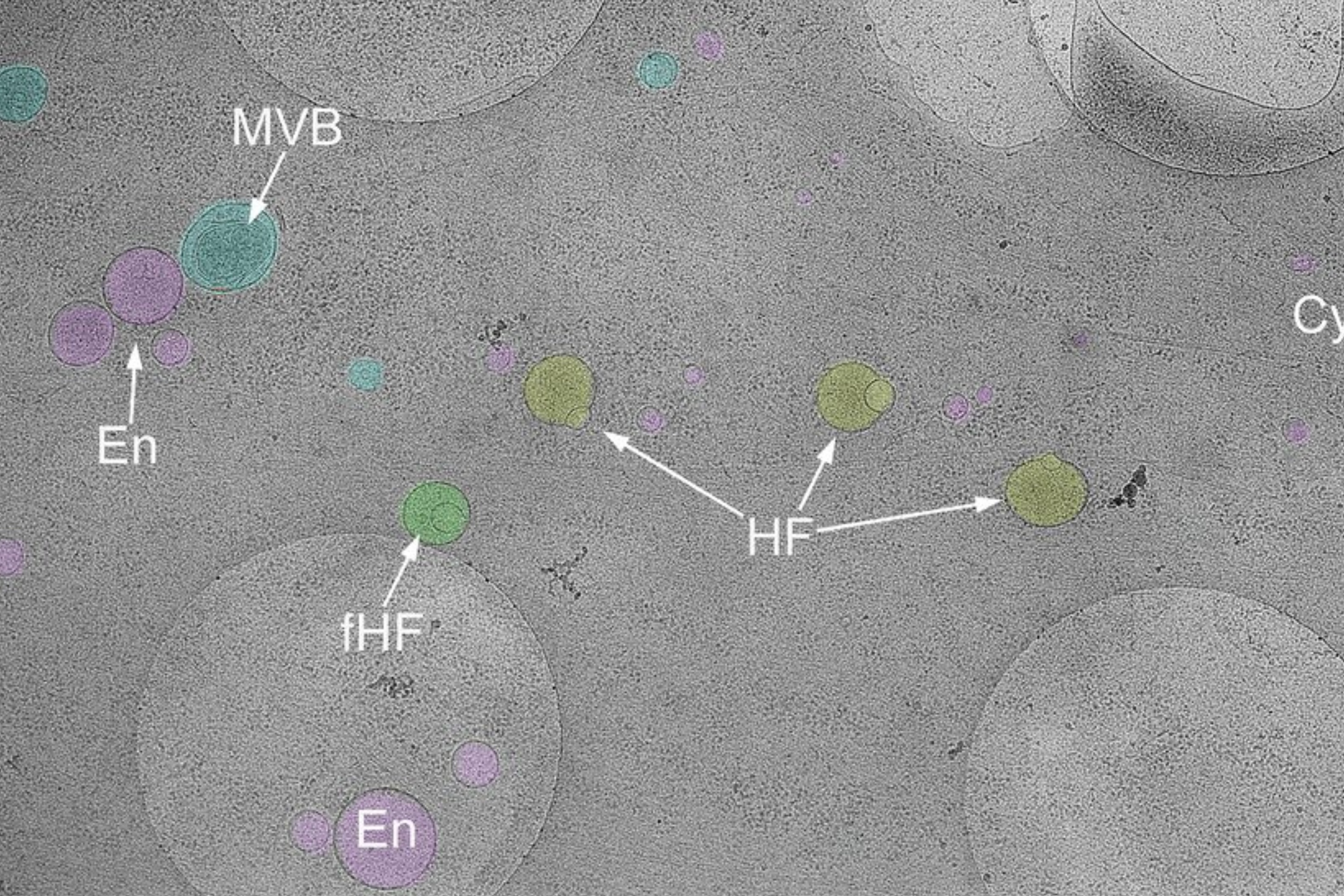A previously unknown structure discovered in our cells could pave the way toward new treatments for various genetic disorders.The existence of the organelle鈥攚hich has been dubbed the “hemifusome”鈥攚as revealed by researchers from the University of Virginia and the National Institutes of Health (NIH).The hemifusome, the team reports, is like a “recycling center” in which the cells sort, discard and recycle important cargo.Disruptions to these housekeeping functions underlie many inherited conditions. Understanding how this happens, the researchers say, could help treat these disorders.One such example is Hermansky-Pudlak syndrome, which the NIH estimates may affect up to 200,000 people in the U.S.; the disorder causes symptoms including albinism, blood-clotting issues, lung disease and vision problems.”We’re just beginning to understand how this new organelle fits into the bigger picture of cell health and disease,” said paper author and Virginia physiologist Professor Seham Ebrahim in a statement.”It’s exciting because finding something truly new inside cells is rare鈥攁nd it gives us a whole new path to explore.”The reason that the hemifusome has never been reported before, the team says, is that the organelle comes and goes as needed by the cell.The researchers were able to pin it down thanks to cryo-electron tomography鈥攁n imaging technique that can “freeze” cells, enabling their internal structure to be imaged in three-dimensions at a high resolution.Hemifusomes are thought to help form both vesicles鈥攕mall sacs within cells that store, transport and mix materials鈥攁s well as other organelles made up of multiple vesicles.”You can think of vesicles like little delivery trucks inside the cell,” Ebrahim said.The hemifusome, meanwhile, “is like a loading dock where they connect and transfer cargo. It’s a step in the process we didn’t know existed.”Despite eluding scientists for so long, hemifusomes appear to be surprisingly common in certain parts of our cells.With their initial study complete, the researchers are keen to learn more about the different roles that they can play.”This is just the beginning. Now that we know hemifusomes exist, we can start asking how they behave in healthy cells and what happens when things go wrong,” said Ebrahim.”That could lead us to new strategies for treating complex genetic diseases.”Do you have a tip on a science story that Newsweek should be covering? Do you have a question about organelles? Let us know via science@newsweek.com.ReferenceTavakoli, A., Hu, S., Ebrahim, S., & Kachar, B. (2025). Hemifusomes and interacting proteolipid nanodroplets mediate multi-vesicular body formation. Nature Communications, 16(1), 4609. https://doi.org/10.1038/s41467-025-59887-9
